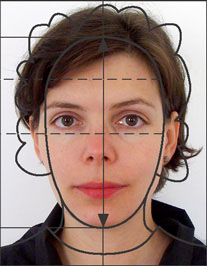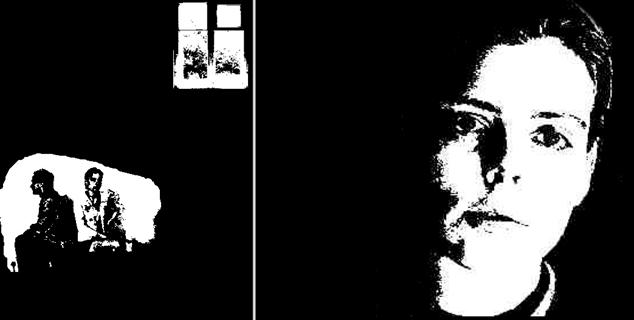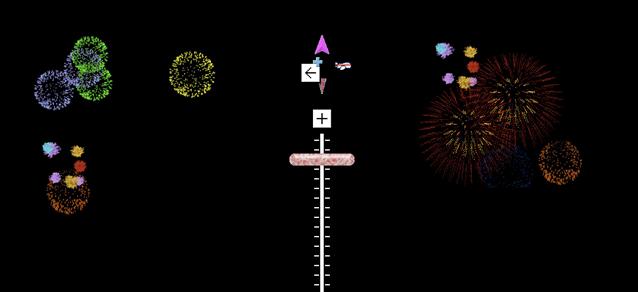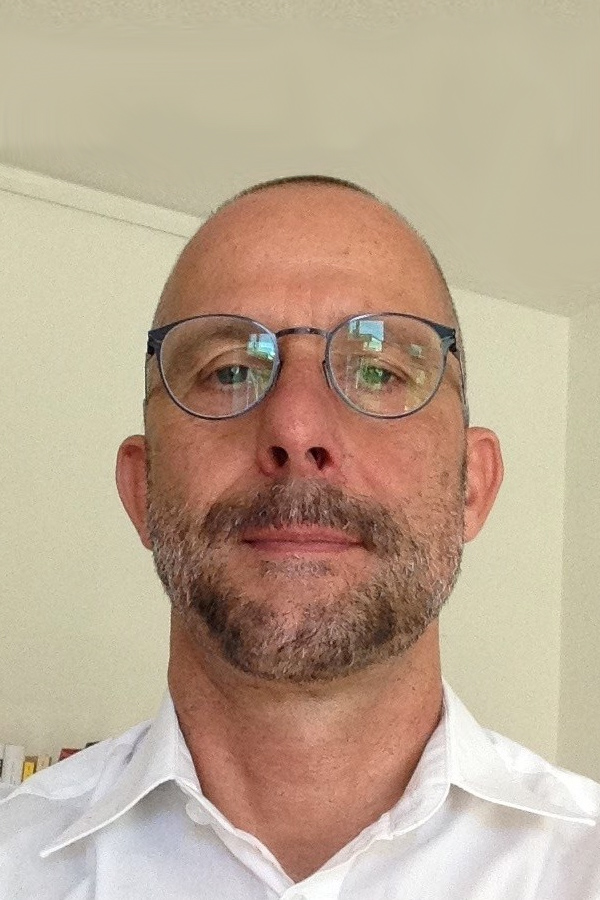Interview with Olia Lialina

Olia Lialina was born in 1971 in Moscow. She finished Moscow State University in 1993 as a journalist and film critic. In the mid 90s she was one of the organizers of Moscow experimental film club CINE FANTOM. She is one of the net.art pioneers and writes on New Media, Digital Folklore and Vernacular Web. Since 1999 she has been a Professor of Merz Akademie (New Media Pathway) in Stuttgart.
SVEN SPIEKER: How relevant is the term net.art to you today? It has often been pointed out that the term started as a software error. In many ways, this seems appropriate for your work, given your aversion to concepts whose definition is not linked to direct experience
OLIA LIALINA: In the 90s net.art was subjective to a group of particular people. Now I’d say net.art means the 90s and the particular approaches and concepts that vanished together with the last century.
I’m still called a net.artist, but with more and more pleasure I introduce myself as a web artist, a title that would have offended me 10 years ago, because “net art is much more than pages in a browser.” Now I’m mostly interested in the essential web aesthetics, ideas, heroes, and histories. I don’t make net art with or without the dot, but rather works about the web which can be artistic, illustrative, or textual.
S.S.: You started your teleportacia.com project ten years ago, and in your last conversation with ARTMargins, seven years ago, you discussed the project at length. How does teleportacia.com fit into the context of today’s net art? Is its central ambition—which, if I understand correctly, was to establish net art as an institution—still relevant today?
O.L.: Now, I should admit, all three teleportacias are only collections of links to my own projects. They are not institutions. Some time ago I even changed the art.teleportacia.org title from “The First Real Net Art Gallery” to a modest “Pages in the Middle of Nowhere.” It was and still is the first, but what’s the point?
S.S.: You have often emphasized the importance of criticism and theory to net art. Can you expand on this? Do you see differences, with respect to the role of the critic, between net art and conventional art? Were criticism and critical theory instrumental in bringing about net art’s institutionalization?
O.L.: I guess in 2007 it is obvious that there are competent critics and researchers who study net art at universities or even outside of any educational institution, but these places are mostly in America. In general, interest in net art has moved to other continents. Also, there is “serious” (commercial) interest in net art from museums and galleries.
S.S.: Do you think that such an institutionalization has actually been achieved, for better or for worse? Is its only index the entry of net art into museum collections?
O.L.: Can you tell me what you mean with institutionalization?
S.S.: Natalie Bookchin’s and Alexei Shulgin’s ironic “Introduction to net.art (1994-1999)” describes net art as a set of looping protocols in which every step in a net artist’s trajectory—from subversion to eventual success and institutionalization—has its pre-assigned place. The text suggests that net art’s most basic idea (“experience/practice over theory”) may itself have become a concept, an idea whose essential medium is not the language of computers but words. Or, was this the case from the very beginning? Along the same lines, in pieces like “Agatha Appears” one is struck by its narrative elements. Is this important to you? Are there literary equivalents to what you do online, in Russia or elsewhere?
O.L.: I guess narrative elements or stories are very important to me. There are some works like Online Newspapers or Midnight, or Some Universe that don’t have a narrative element, but this is why I accompany them with fictional “abouts” that tell a story. In 1996 to tell a story in a browser was a very challenging task, and it still is, because browsers are not for storytelling.
S.S.: Is net art an index of the fact that “specificity” and “differentiation” are no longer useful terms for describing current art practice? Does net art not really care about the difference between literature and visual art, between film and painting, between words and images, because its experience does not rely on the differences between them.
O.L.: Hmm, you know, net art is not a programmatic movement; there are no manifesto or guidelines. What you’ve noticed can be true about some net artists and have nothing to do with projects of others.
S.S.: Is net art ready to be (and should it be) included in the critical canon of art history? What kind of training do art historians need in order to assess it?
O.L.: I think it should be, and it already is, actually. There is a book by Rachel Green called Internet Art, and Josephine Bosma is finishing hers right now. There are a lot of publications on New Media Art and net art is always included. But training is an important issue, of course. I don’t think that art history is the right context for understanding net art and explaining it to others. The history of computing, networks and user interfaces are things I would suggest to net art researchers and new media historians learn; those are essential contexts.
S.S.: It is often argued that the Putin regime operates in a post-ideological mode in which art’s (and artists’) claim to attention and relevance is maximally reduced. Without glossing over the considerable regional differences, what is your view of net art in Russia as an instrument of political subversion? Obviously this question cannot be treated separately from the spread of the internet in Russia.
O.L.: I could be mistaken, but I would state that there is no net art in Russia and no interest in it.
S.S.: You have been teaching at the Merz Akademie in Stuttgart for some time. In your mind, what is the relationship between net art and pedagogy, between political awareness and design?
O.L.: Merz Akademie is a design school. And I teach in the New Media pathway. Net art is only one of the subjects I bring to the students, but one of the most important ones, because net art is the most medium aware art form. And in my opinion new media designers have to be trained to know, understand, respect, as well as love or hate the medium they are working with and not take it for granted.
S.S.: What are your current projects?
O.L.: I’m a web artist now. I don’t make mash ups or social networks; this is what net artists are supposed to do today. The Web’s history and its current state are my sources of inspiration and my favorite exhibition space. One of the latest works in cooperation with Dragan Espenschied is http://art.teleportacia.org/.








